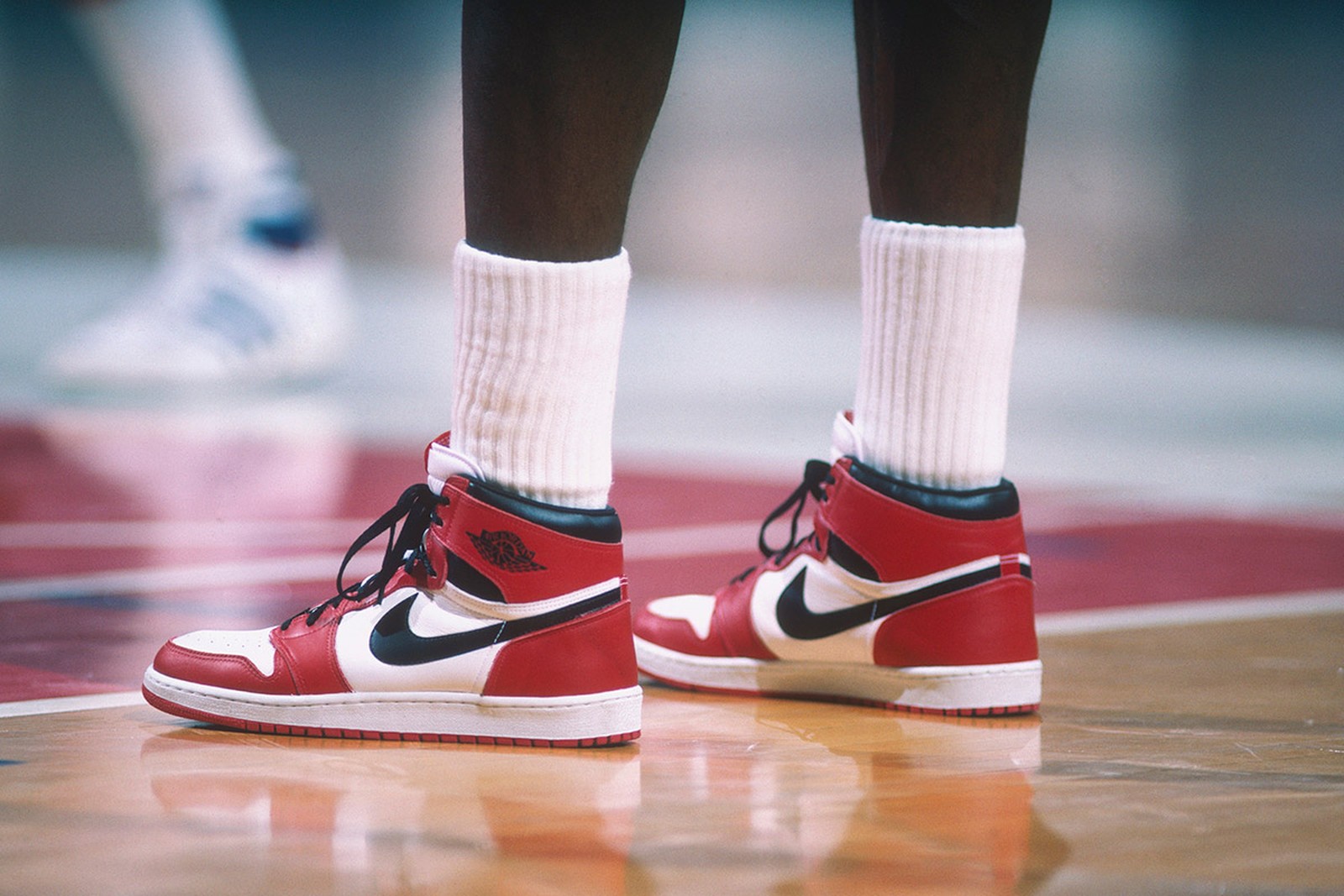In 2019 alone, the sneaker resale market was worth 6 billion dollars, whereas it is estimated that by 2030, it will reach the 30 billion dollars mark. With such a fast growth and value of the business, an entire ecosystem has developed around the market. The main premise is that collectors try to gather sneakers in an environment where there is a clear excess supply, where resellers seeking for extraordinary rents have engineered state-of-the-art technology to beat retailers anti-resale protections, and where information flows fast, there are persuading efforts from involved parties and agents all over the board approach their decisions as if it was the stock market. The main overview of the market is the following. Big corporations, such as Nike, release limited quantities of retro sneakers on a regular schedule. Quantities, however, are often insufficient to satisfy the demand, especially because retail prices are kept below market-clearing prices. Naturally, resellers profit from t
An important component of the sneaker reselling market is the constant war between resellers and retailers. Resellers constantly develop new techniques and software to hoard releases, whereas retailers constantly invest to develop ways to stop resellers. The preceding image is an example of this. On May 29th, resellers using the bot SoleAIO hoarded 90% of the stock on the Shopify store Kith with the use of artificial intelligence to auto-solve captchas . As a result, its users hoarded the majority of the stock sold via a retailer mounted on the Shopify platform, and Shopify's Chief Technology Officer Jean-Michele Lemieux was put on notice, and indeed, he made it public. The next release, Kith used a different type of captcha, SoleAIO's competitive advantaged vanished, and things "evened out." A question that baffles me is the economics behind stopping resellers, especially when sites have to heavily invest in achieving it. Let me explain. From the retailers'
